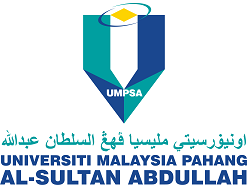Optimal Technological Selection for Biomass Torrefaction
DOI:
https://doi.org/10.15282/10.15282/ijets.7.1.2020.1010Keywords:
ASPEN Plus, Empty fruit bunch, Torrefaction, Simulation, OptimizationAbstract
Malaysia palm oil sector plays a strategic role as the key producer for generation of renewable energy and production of biodiesel. The raw biomass has poor qualities such as high moisture content, low energy density, low bulk density and heterogeneous in nature. Biomass could supply sustainable energy in the form of bio-power, heat and bio-fuels if the suitable pre-treatment method is applied. The biomass must be pre-treated to improve properties of biomass and make it more suitable for energy applications. The pre-treatment process called torrefaction that involve the heating at 300 under 1bar. This study focused on the optimal technological selection for biomass torrefaction. The purpose of this study are to simulate the three different technologies of torrefaction using Microwave Reactor, Fluidized Bed Reactor and Rotary Drum Reactor and to optimize the selection of those technologies based on costing. There were three technology that can be model using Aspen Plus for torrefaction to represent the reactor. Then, after validation three types of torrefiers were simulated using Aspen Plus. From GAMS optimization result using CPLEX solver, one technology was selected by considering product yield of torrefied EFB, operating cost and capital cost of the technologies. The product yield, operating cost and capital cost for the Fludized Bed Reactor were 4632.67 tons per year, RM5, 683,045.50 per year and RM12, 658,926.22 per year, respectively. Fluidized bed system, has been selected to be the best technology to do torrefaction of EFB for the given conditions.


